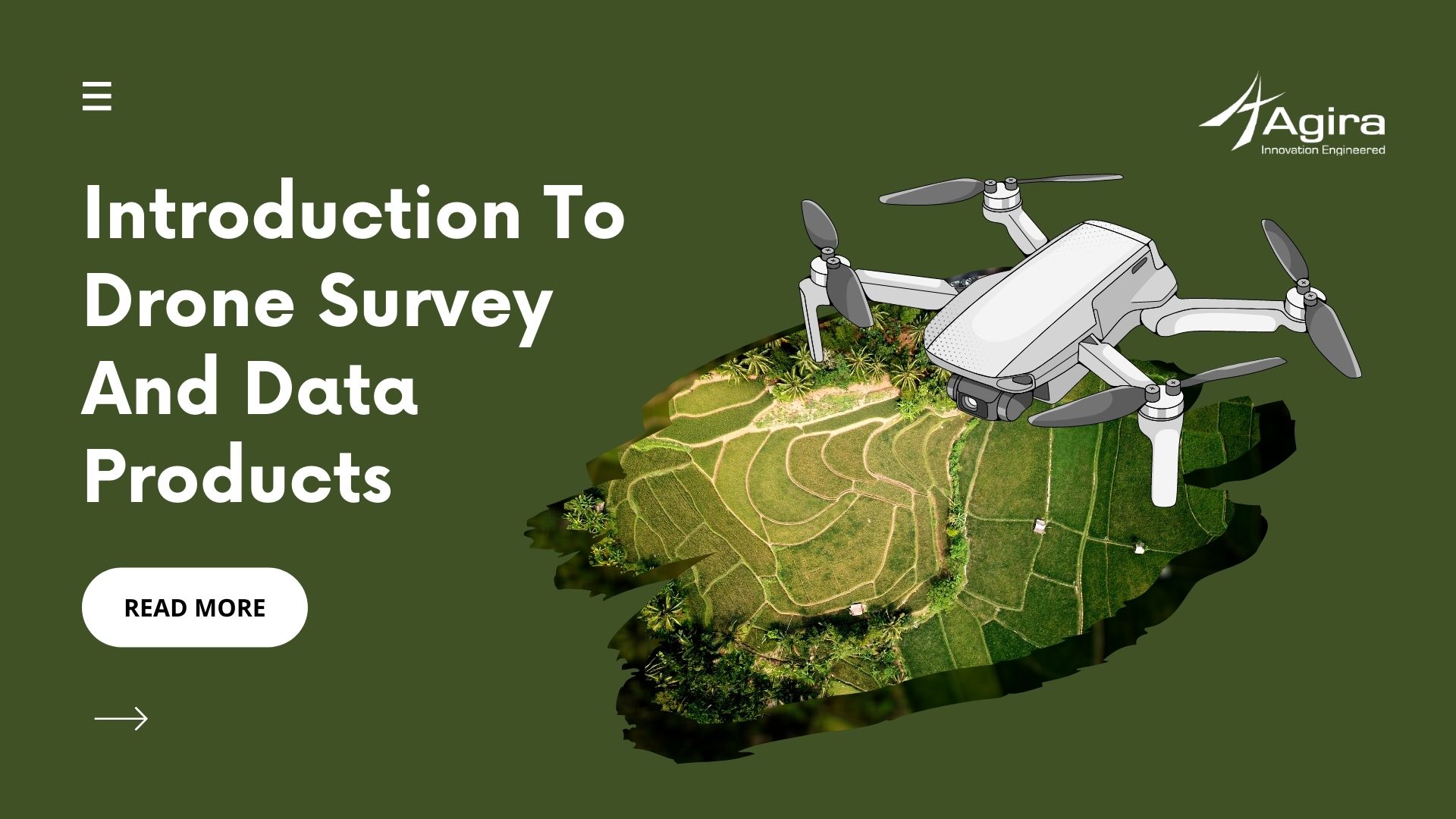The construction industry is going through a significant change, with new solutions paving the approach for improved productivity and precision in project management. Amongst these advancements, drone surveying has appeared as a game-changer, revolutionizing how area surveys are carried out and site examination are performed. The mixing of drone technological innovation into the construction workflow not simply enhances accuracy although also streamlines processes that once took days or several weeks to perform.
Once we delve in to the benefits of using drones for surveying, it will become clear this modern approach is not merely a trend, but some sort of fundamental shift in how projects will be executed. From supplying high-resolution aerial images to enabling detailed 3D mapping, drones are offering construction professionals tools that were unimaginable only a few years ago. This article will check out the myriad ways drone surveying is reshaping the surroundings of the building industry, highlighting the applications, benefits, along with the future it claims.
Advantages of Drone Surveying
Drone surveying has opened fresh avenues for reliability and efficiency in the construction industry. By utilizing advanced aerial technologies, drones can rapidly capture high-resolution pictures and data involving vast areas, permitting more precise measurements and assessments than traditional methods. Typically the integration of drones into surveying techniques reduces human error, provides a more clear perspective of typically the terrain, and tidies data collection, thereby enhancing overall job quality.
One significant edge of drone surveying is the less time it offers. Conventional surveying methods usually require extensive staff members and time-consuming processes to collect data. On the other hand, drones can protect large sites inside a cheaper time, letting for rapid info acquisition. see this site translates to more rapidly project timelines and enables teams as a solution more effectively to evolving project demands, ultimately leading in order to cost savings and even improved productivity.
Moreover, drone surveying is particularly good for safety and accessibility. Drones can easily access hard-to-reach areas, for example large slopes or harmful sites, reducing the particular risk associated using manual surveys. This particular capability not just protects workers through potential dangers nevertheless also ensures that will no vital place is overlooked throughout the surveying method. The mix of lowered risk and increased coverage makes drone surveying an important device in the building industry's continuous drive toward innovation and excellence.
Applications in Building
Drones are increasingly growing to be indispensable in typically the construction industry, giving a variety associated with applications that enhance workflow and project management. One prominent 2 in property surveying, where drones capture high-resolution aerial images and generate accurate topographical maps. This technology drastically reduces the time period required for traditional surveying methods, enabling faster project ritual and improved planning. With the capacity to cover large areas quickly, drones provide construction clubs with precise files that informs style and layout choices.
One more vital application is within monitoring construction develop. Drones equipped with high-definition cameras and even thermal imaging may provide real-time updates on site circumstances, enabling project professionals to track milestones and identify probable delays. This on-going surveillance not just supports better resource allocation but also enhances safety by simply allowing managers to be able to spot hazardous problems before they advance. The continuous move of data assures that all stakeholders are informed, advertising transparency and venture.
Eventually, drones play the crucial role throughout site inspections and quality control. By using drones to execute inspections, construction clubs can quickly determine structural integrity, determine defects, and guarantee compliance with safety regulations. The ability to entry hard-to-reach areas without scaffolding or ladders means that inspections can be performed more efficiently in addition to safely. This impressive approach not simply streamlines the assessment process but furthermore adds a coating of accuracy of which traditional methods might lack, ultimately major to higher high quality outcomes in construction projects.
Future of Drone Technology

As the construction industry continues to develop, the future regarding drone technology looks promising with an increase of functions and applications. All of us can expect to be able to see significant breakthroughs in drone sensors, automation, and unnatural intelligence, enabling even more precise data collection and analysis. These types of improvements will not only enhance the overall precision of surveys but additionally expand the range of possible software, making drones a good indispensable tool with regard to construction professionals.
Additionally, the particular integration of drones with other technology, like Building Data Modeling (BIM) plus Geographic Information Devices (GIS), will reduces costs of workflows and enhance project collaboration. This synergy will allow real-time data posting, which can lead to faster decision-making operations and enhanced communication among project stakeholders. As construction will become more data-driven, the reliance on drone technology for surveying and monitoring may only grow.
The regulating landscape surrounding drone usage is in addition likely to mature, introducing the way in which for even more widespread adoption. Along with clearer guidelines plus standards, construction companies will feel well informed in utilizing drones for various surveying tasks. This blend of technological improvements and regulatory assistance will secure drones an everlasting role within the construction business, revolutionizing just how assignments are planned, carried out, and managed.
